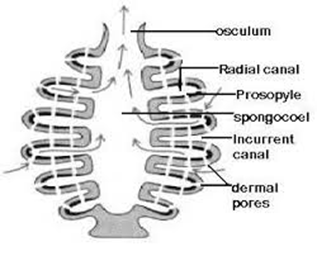Conducting system of the heart : ECG - BiologySolution
Conducting System of the Heart
The right and left bundle branches of the AV node, the SA node, the Purkinje fibre, and the AV bundle make up the heart's conductive system.
- The sinoatrial node (SA) located in the wall of the right atrium near the superior vena cava. The specialized muscle fiber that makes up this structure is unique that they can continually and mathematically send impulses ( send signals to contract )without any stimulation from the nervous system. This means the SA node is said to be self-exciting and that's the reason why the "SA node is known as the natural pacemaker of the heart."
- Now, before directly enters into the AV node, the electrical impulse from the SA node is spread on to the right and left atria and gets depolarized. Due to this both the atria (right &left) contract simultaneously.
- When the impulse reaches the AV node, there is a slight delay that allows the atria to finish their contraction before the ventricles begin their contraction.
- The signal for the ventricles to contract passes the signal through the atrioventricular bundle. This bundle is differentiated into right and left bundle branches that conduct the impulse to the apex of the heart.
- Therefore the signals are then passed to Purkinje fiber towards the ventricles to upwards myocardial.
- The AV bundle, its branches, and the Purkinje fiber consist of specialized cardiac muscle fibers that efficiently cause the ventricles to contract.
ECG - The electrical alterations that the myocardium experiences throughout the cardiac cycle are captured by an electrocardiogram (ECG). Ions that conduct electrical currents are present in our body fluids, therefore the myocardial electrical changes can be felt on the skin's surface. A device that monitors electrical changes in the heart is connected by wires to electrodes implanted on the skin during the ECG procedure.
Indirect proof of blood flow to the cardiac muscles can also be obtained via the ECG, which can also quantify the heartbeat's rhythm and pace.

Working -
- After applying lead to the patient the machine started working. Now when the electrical signal is getting from the atria to ventricles it starts to depolarise. This is represented by P.
- P-Q segments show the time interval from traveling to SA node to the AV node.
- QRS merge and show ventricular depolarization.
- Q wave shows the depolarization of the interventricular septum.
- R wave produces by the main mass of the ventricle.
- S phase shows the last phase of ventricular depolarization at the base of the heart.
- Atrial repolarisation also occurs at this time.
- S-T segment shows myocardial action potential. This is when the ventricle supplies the blood and pumps the heart.
- T wave shows repolarisation immediately before relaxation. This cycle repeat with every heartbeat.




Comments
Post a Comment